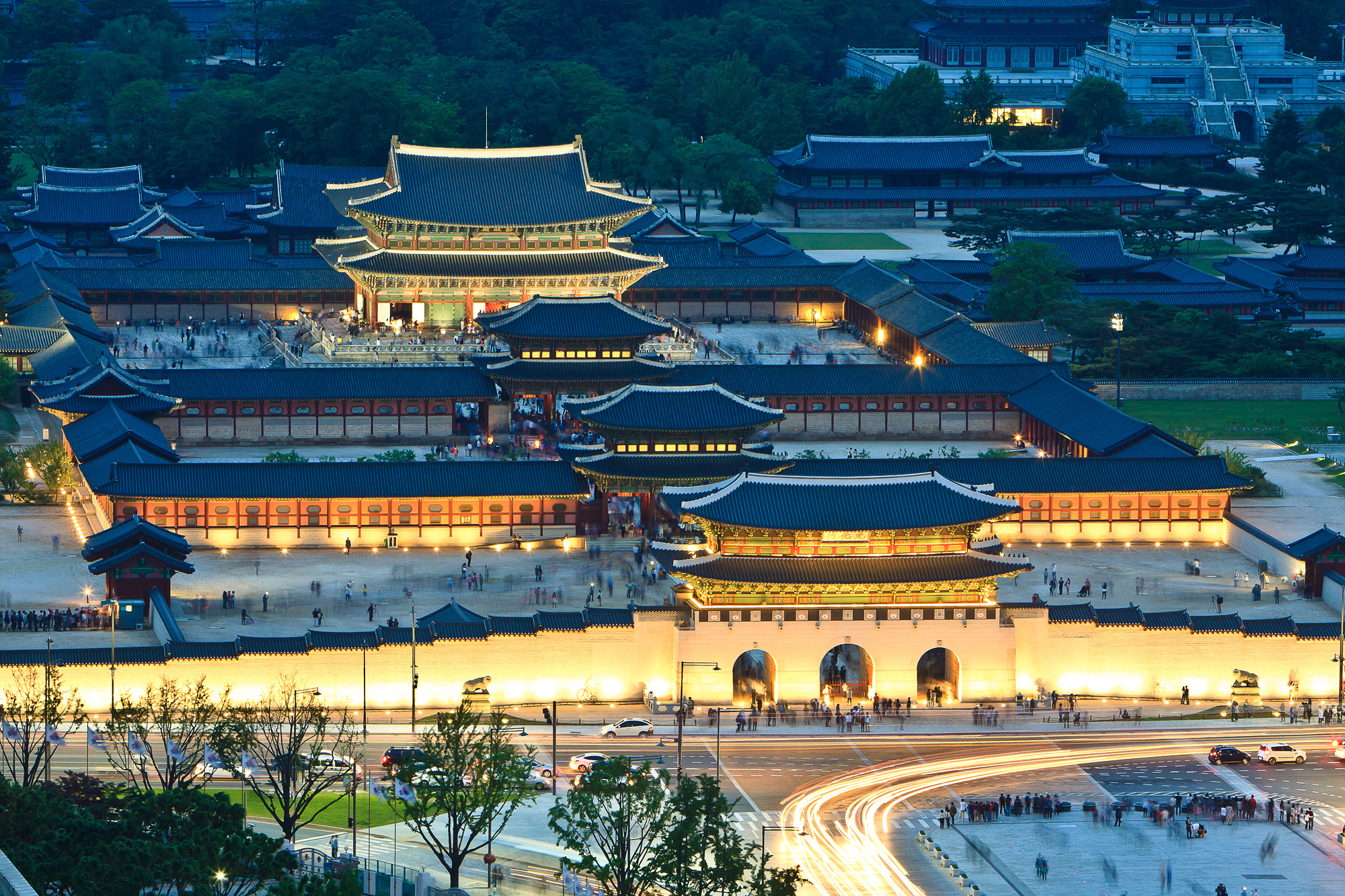
Gyeongbokgung Palace tour Book a palace This Is Korea Tours
Adults : 1,000 won / Group (over 10 people): 800 won / Youth ( ages 7-18): 500 won. On the last Wednesday of the month, and when wearing a hanbok dress, the entrance is free. Closed on Mondays. Address: 185, Changgyeonggung-ro, Jongno-gu, Seoul (서울특별시 종로구 창경궁로 185) Subway : Anguk Station (Seoul Subway Line 3), Exit 3.
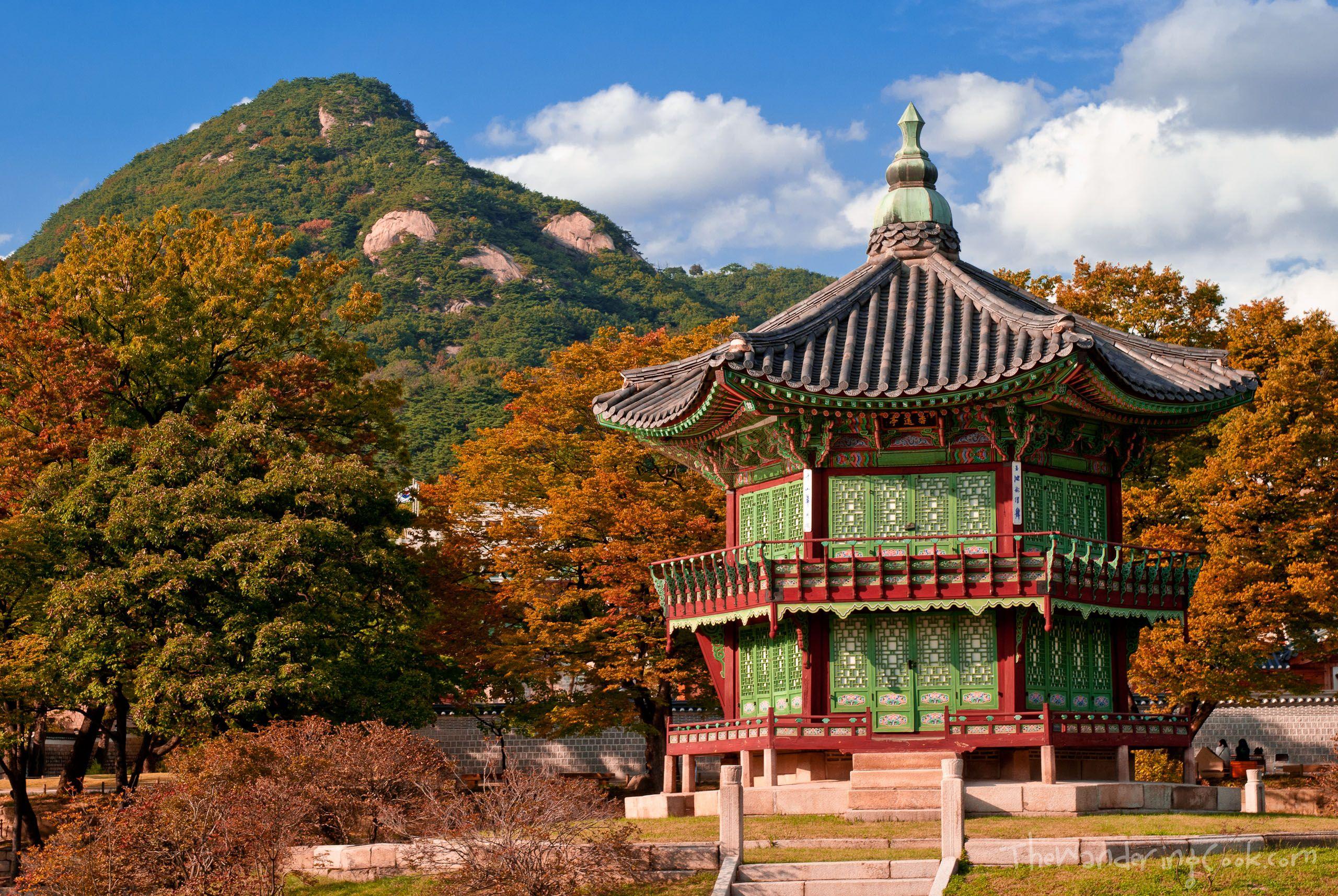
South Korea Palace Wallpapers Top Free South Korea Palace Backgrounds WallpaperAccess
The Guide for 5 Grand Palaces in Seoul Gyeongbokgung Palace 경복궁. It is the largest palace built in 1395 under the Joseon Dynasty and is commonly known as the Northern Palace because it is located towards the north. This palace is known as the best site for a photo shoot in Hanbok refers to the Traditional attire of Korea.
:max_bytes(150000):strip_icc()/gyeongbokgung-palace-in-autumn-south-korea--831294858-d044c295d89740b1bf7371e01a4208ff.jpg)
48 Hours In Seoul The Ultimate Itinerary
If you can, time your visit to Changgyeonggung with spring or fall. These two seasons are the best times to visit Seoul. Visit in spring to see the landscape draped in cherry blossoms or in autumn to admire the blazing fall colours. Opening Hours: 9:00 am to 5:30 pm (closed Mondays) Entrance: ₩1,000.
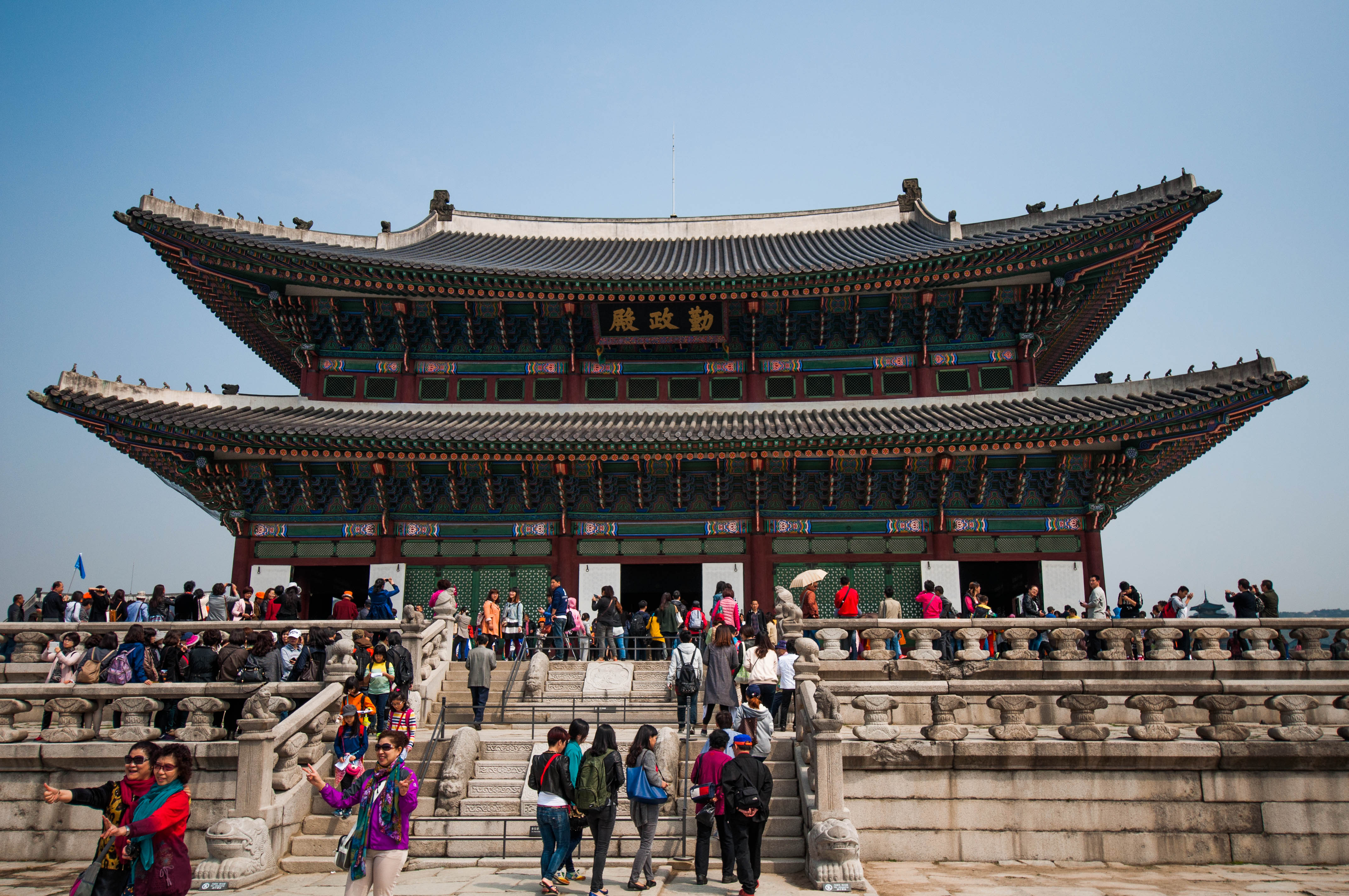
Gyeongbukgung Palace in Seoul, South Korea Tea First
Gyeongbokgung Palace was the first and largest of the royal palaces built during the Joseon Dynasty. Built in 1395, Gyeongbokgung Palace was located at the heart of the newly appointed capital of Seoul (then known as Hanyang) and represented the sovereignty of the Joseon Dynasty. The largest of the Five Grand Palaces (the others being.

Gyeongbok Palace The Grand Palace in South Korea Your Travel Channel Information
Joseon's capital Hanyang, now Seoul, was bordered by four mountains, Baekaksan, Mokmyeoksan, Taraksan, and Inwangsan. Gyeongbokgung Palace was situated beneath Mt. Baekaksan. Other palaces were later constructed allowing kings to occupy different ones as necessary. Gyeongbokgung, is the Main Palace of Joseon, built in 1395.
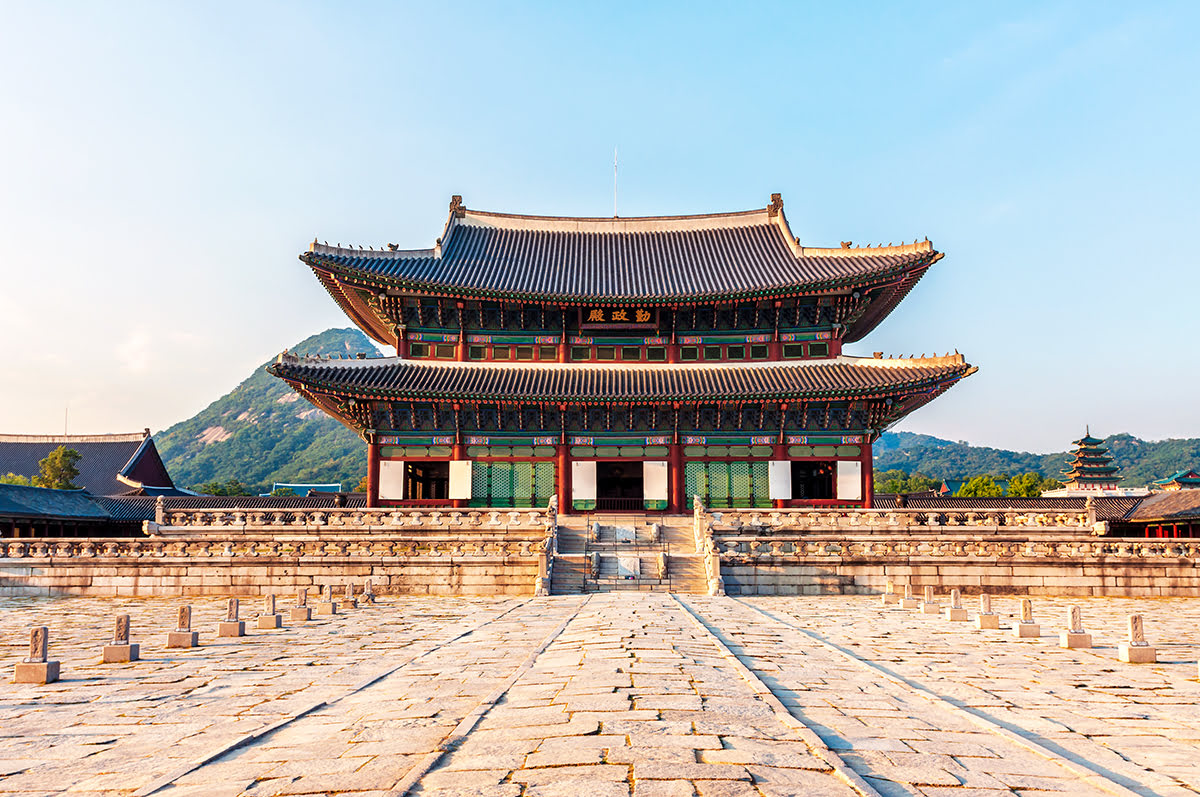
Seoul Attractions 5 Places to See On A Tour of South Korea's Capital
There are five Seoul palaces open to the public: Gyeongbokgung. Changdeokgung. Changgyeonggung. Deoksugung. Gyeonghuigung. All five Seoul palaces are best seen during spring, when the surrounding flora reinforces the palaces' dancheong designs, or the color schemes used on wooden buildings and artifacts in pre-modern Korean architecture.

Gyeongbokgung Known As Gyeongbokgung Palace Or Gyeongbok Palace Built In 1395 Was The Main Royal
Gyeongbokgung Palace, built in 1385 was the main royal palace of the Joseon dynasty in northern Seoul Gyeongbokgung Palace served as the home of Kings of the Joseon dynasty, the Kings' households, as well as the government of Joseon. Gyeongbokgung continued to serve as the main palace of the Joseon dynasty until the premises were destroyed by.
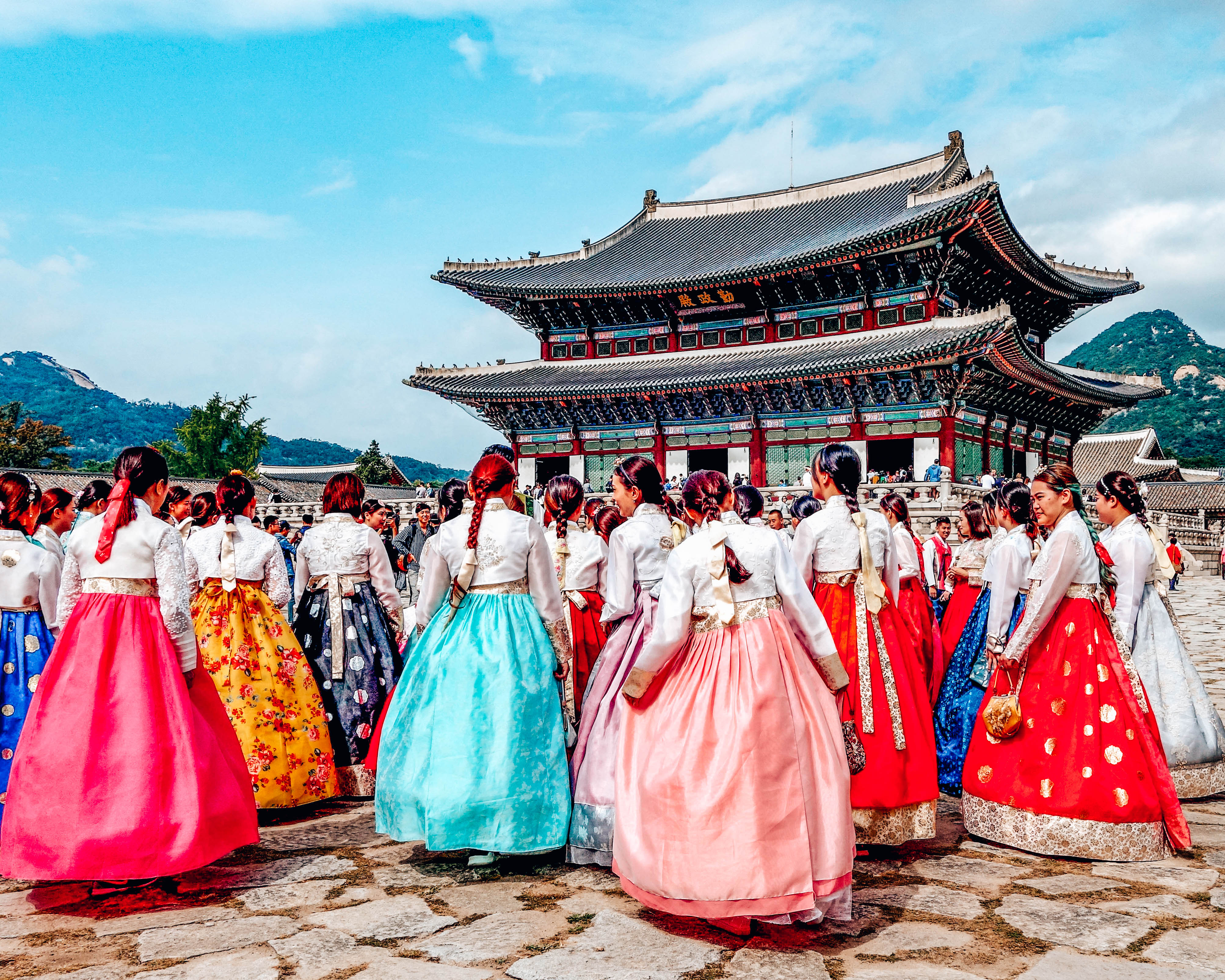
Gyeongbokgung palace Seoul South Korea We did it our way
This palace is included with the Integrated Ticket of Palaces. Closed on Tuesdays. In 1394, during the early days of the Joseon Dynasty, the capital of Korea was moved from Kaesong, in modern day North Korea, to Seoul, known then as Hanyang. When the capital was moved, a new palace was required and built.
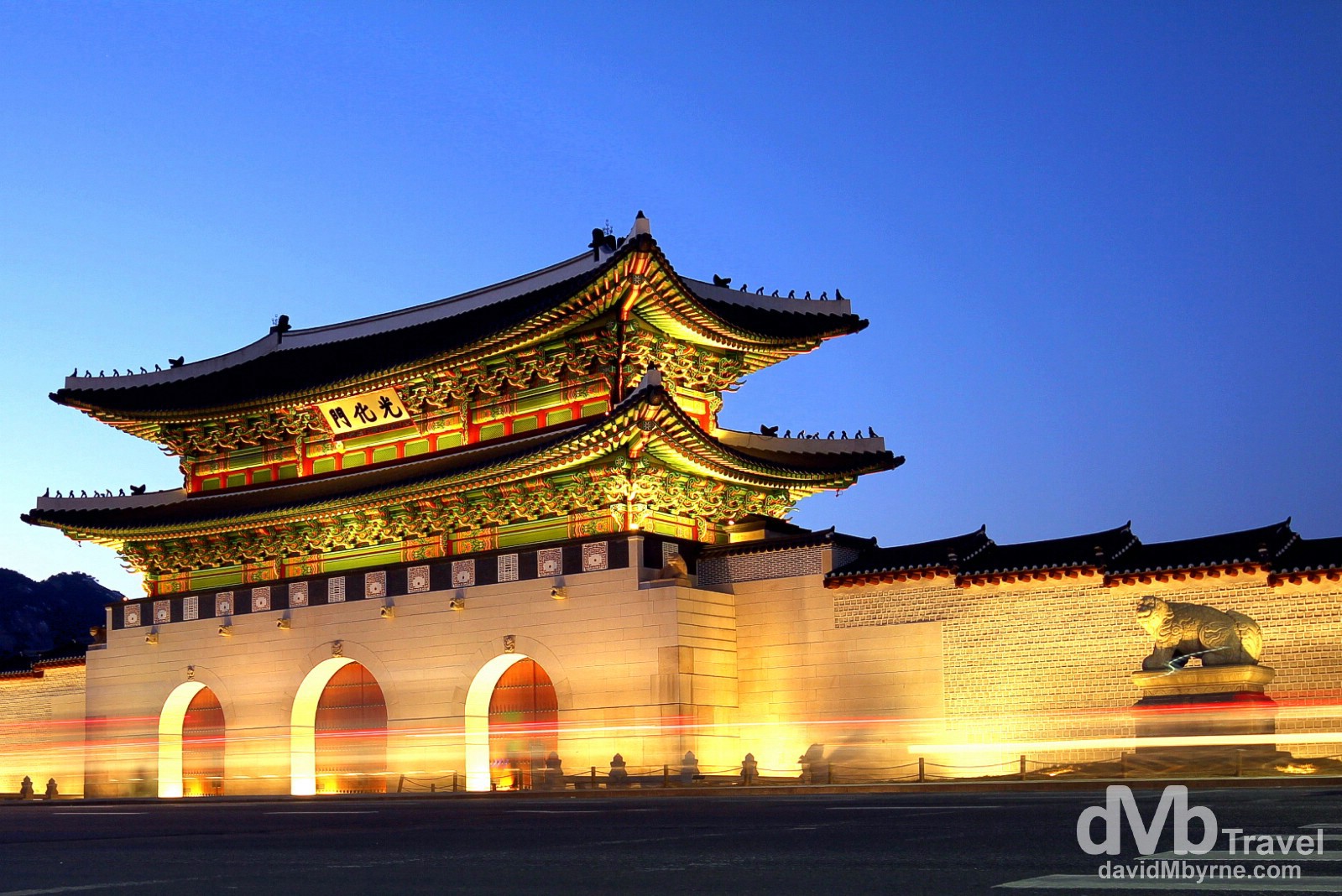
Gwanghwamun Gate, Seoul, South Korea Worldwide Destination Photography & Insights
Compare Prices & Save Money with Tripadvisor (The World's Largest Travel Site).

Gyeongbokgung Palace Seoul, South Korea Malaysian Flavours
The five palaces of Seoul are royal palaces of the Joseon Dynasty and symbols of Korea's culture and history. Each palace has its unique charms: Gyeongbokgung Palace, the royal residence; Changdeokgung Palace, a UNESCO World Heritage Site inscribed in 1997 with remarkable beauty; Deoksugung Palace, a combination of Korean aesthetics and Western architecture; Changgyeonggung Palace, now.

55 Best Things to Do in Seoul (South Korea) The Crazy Tourist
There are a total of 5 royal palaces in Seoul, all of which are open to the public and showcase the best of traditional Korean architecture, design, and royal life: Gyeongbokgung Palace: The main royal palace in Seoul and arguably the most beautiful and busiest. Changdeokgung Palace: The most well-preserved palace that also features an.
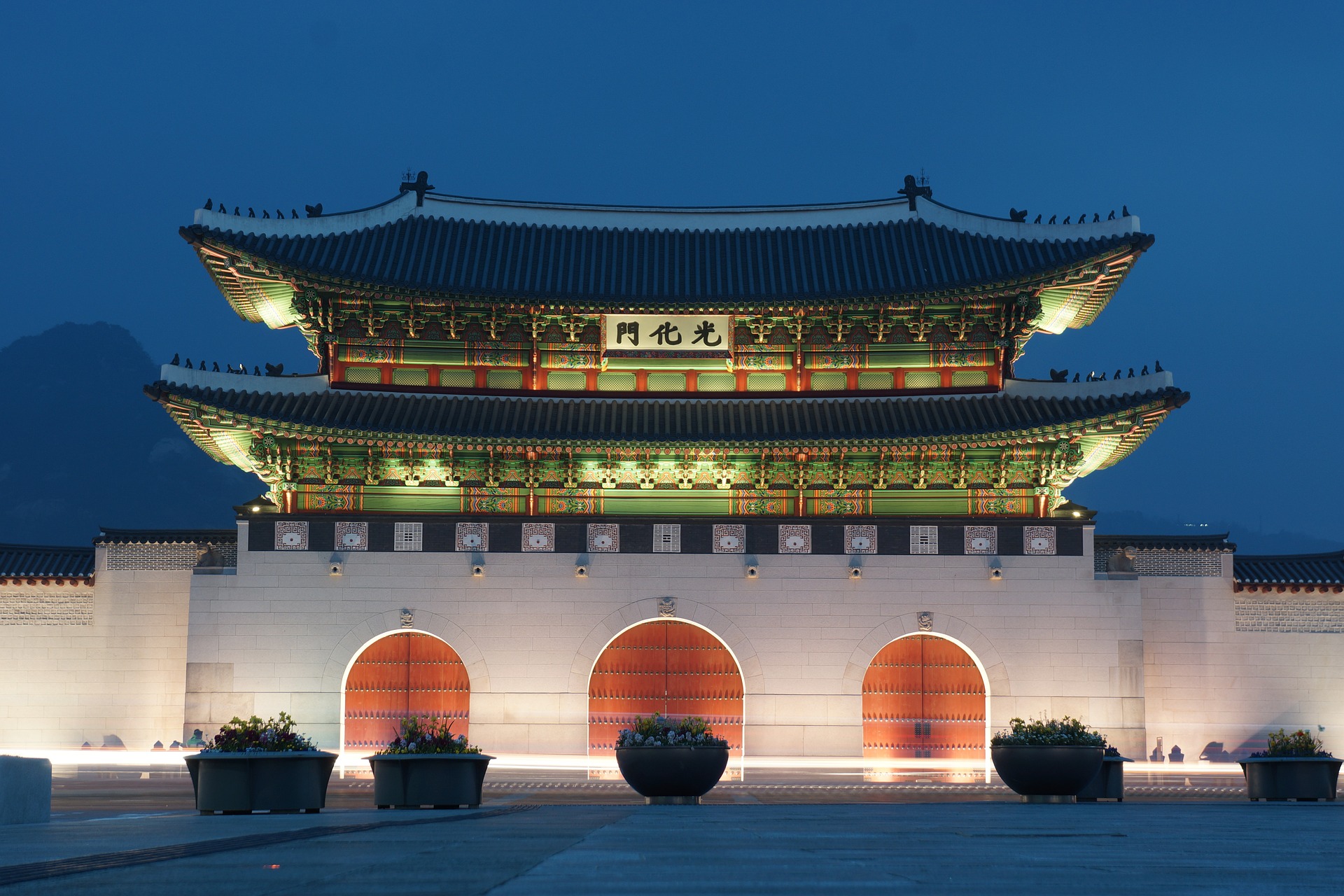
Best Places to Visit in Seoul South Korea for Short Weekend Trip
Kristen standing in front of the main gate at Gyeongbokgung Palace 1. Gyeongbokgung Palace. The Gyeongbokgung Palace was the main royal palace established for the Joseon Dynasty built in 1395.This is the oldest and most popular palace in Seoul.. Unfortunately, Gyeongbokgung Palace has been destroyed several times since it was originally built by numerous Japanese invasions.

38714780 gyeongbokgung palace at night in seoul, south korea. Go! Go! Hanguk
Changdeokgung (Korean: 창덕궁; lit. The Palace of Prospering Virtue), also known as Changdeokgung Palace or Changdeok Palace, is set within a large park in Jongno District, Seoul, South Korea.It is one of the "Five Grand Palaces" built by the kings of the Joseon dynasty (1392-1897).As it is located east of Gyeongbok Palace, Changdeokgung—along with Changgyeonggung—is also referred to.

[Attractions in Seoul] The Top 10 Things to Do and See in Seoul 2017
Gyeongbokgung (Korean: 경복궁; Hanja: 景福宮; lit. Blessing Scenery Palace), also known as Gyeongbokgung Palace, was the main royal palace of the Joseon dynasty.Built in 1395, it is located in northern Seoul, South Korea.The largest of the Five Grand Palaces built by the Joseon dynasty, Gyeongbokgung served as the home of the royal family and the seat of government.
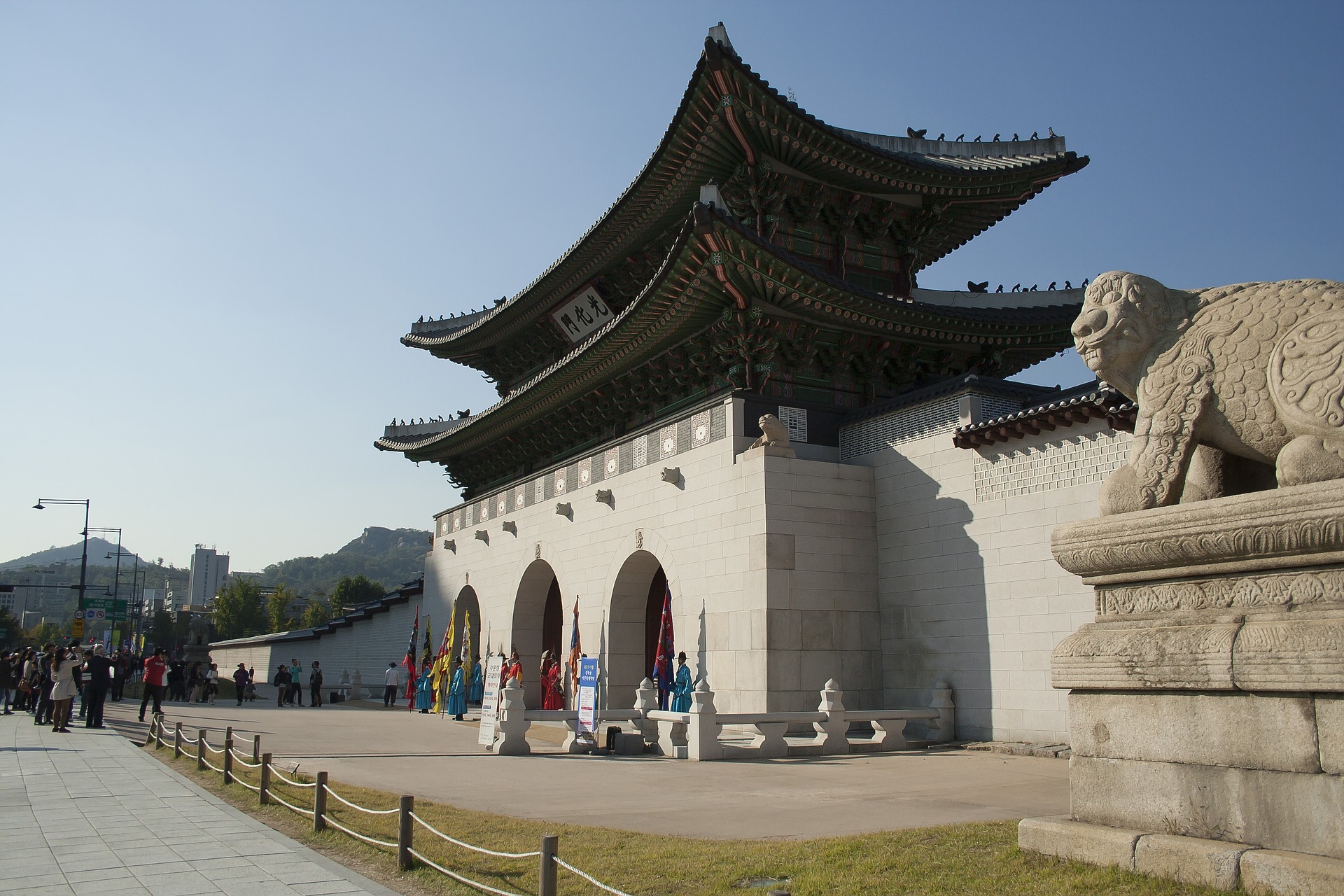
Top 8 Places To Visit In Seoul, South Korea
These five Seoul palaces include Gyeongbokgung Palace, Gyeonghuigung Palace, Deoksugung Palace, Changgyeonggung Palace, and Changdeokgung Palace. For those looking to explore the history and culture of Seoul, a tour of the Five Grand Palaces may be an excellent way to spend a couple of days. Here's all you need to know about the five Seoul.
Hyangwonjeong Pavilion In Gyeongbokgung Palace, Seoul, South Korea, Stock Photo Crushpixel
Changgyeong Palace (Korean: 창경궁) is a palace located in Seoul, South Korea.. The palace was built in the mid-15th century by King Sejong for his father, Taejong.It was originally named "Suganggung", but it was renovated and enlarged in 1483 by King Seongjong, at which time it received its current name.Many structures were destroyed during Japan's multiple late 15th to 16th (1592) century.